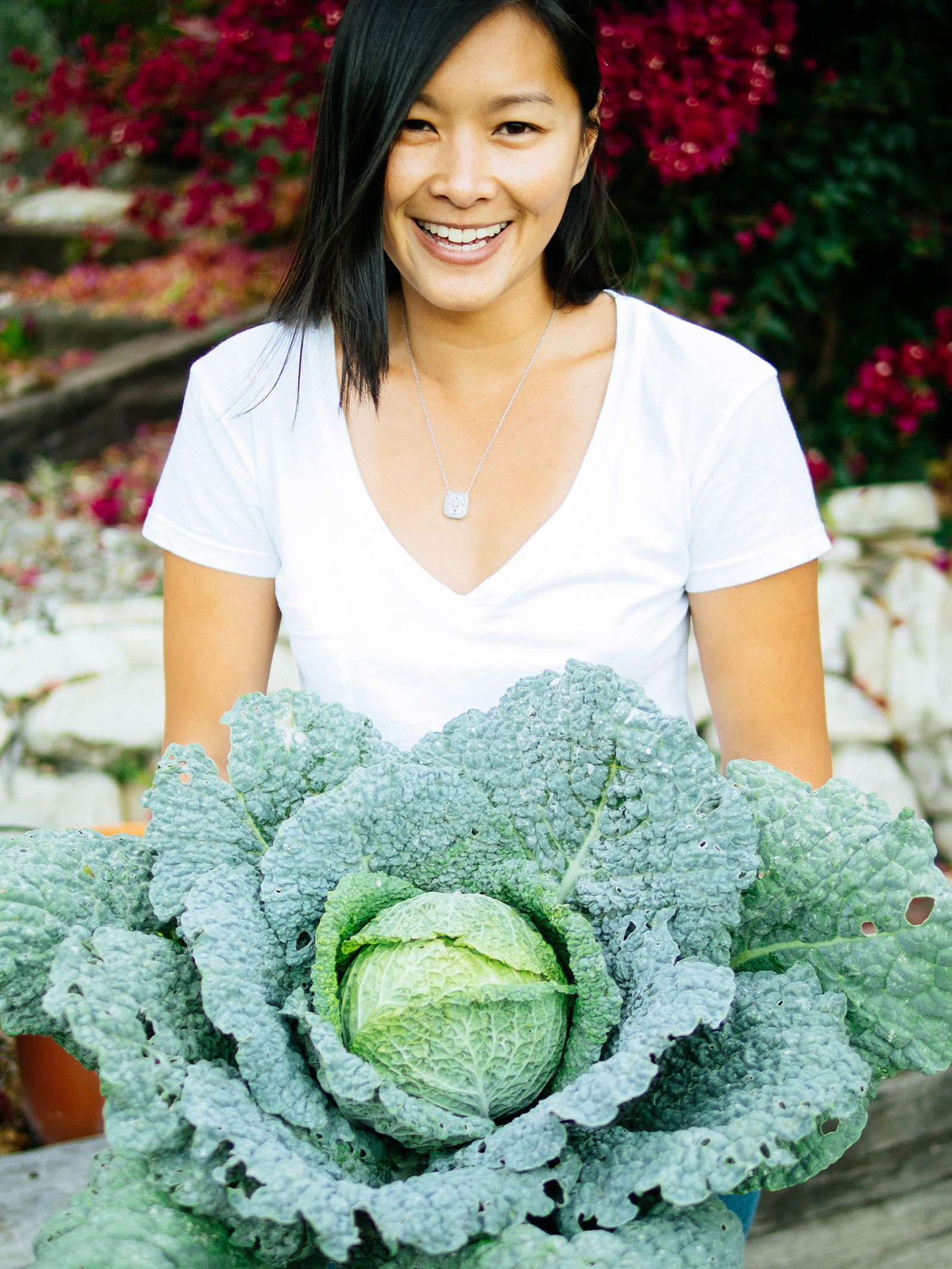Ever wondered whether it’s worth the time and effort (not to mention money) to grow your own food when it’s so easy and convenient to just buy what you need at the grocery store? Especially if you live in a challenging climate, don’t have a lot of space, or work a full-time job on top of family obligations?
I did—and I’ve dealt with all those scenarios. But after more than 12 years of growing my own food (in two vastly different climate zones, from a small second-story deck to now an acre homestead, and with two kids underfoot while running a business from home), I can confidently say it’s always worth it.
Here are eight reasons—all backed by research—you should seriously consider growing an edible garden this year.
Disclosure: If you shop from my article or make a purchase through one of my links, I may receive commissions on some of the products I recommend.
1. Growing food can save you money.
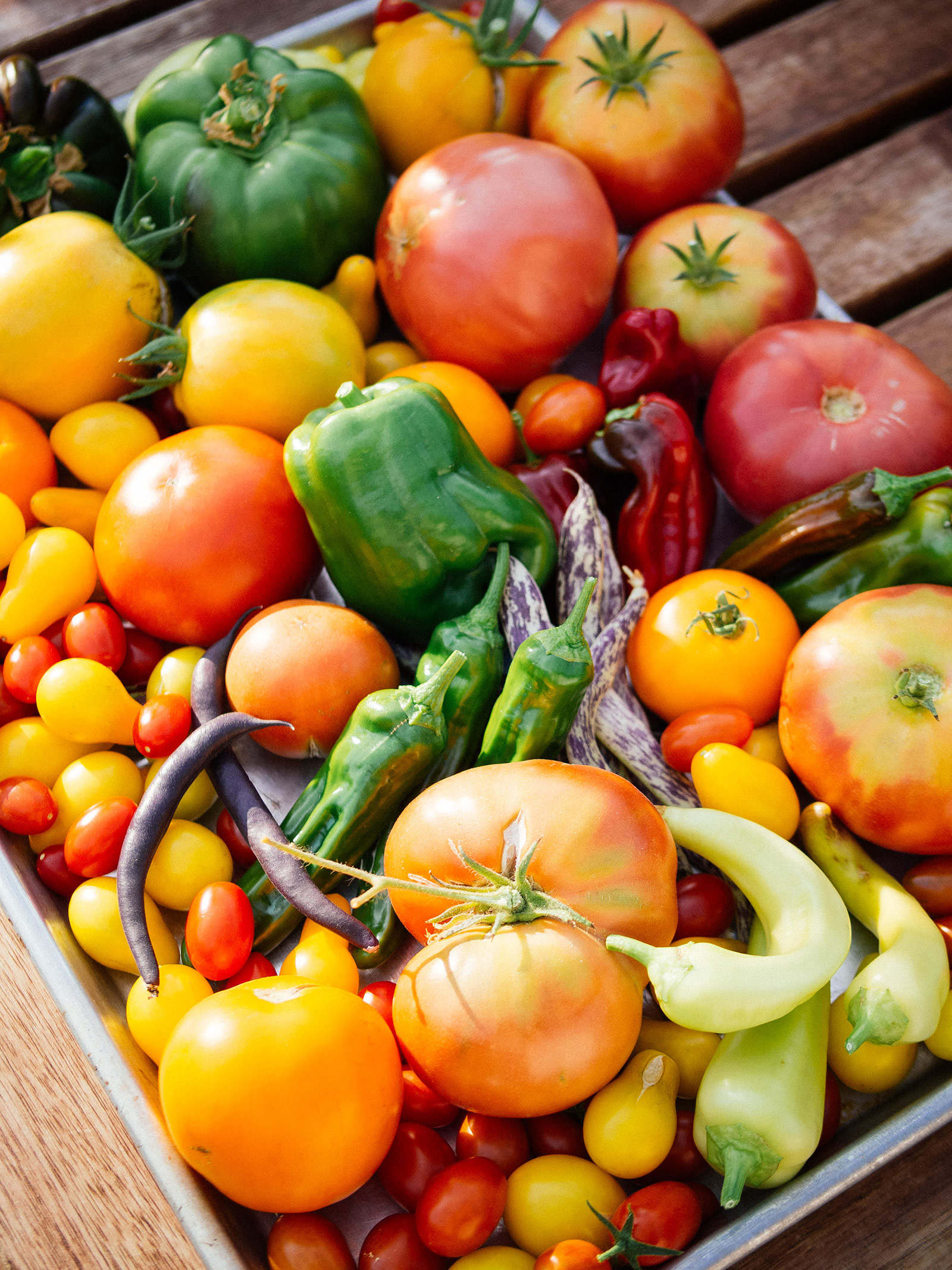
With the current state of affairs in the world, the cost of groceries has jumped more than 7 percent since January 2021. More specifically, the fruit and vegetable index rose 0.9 percent over January 2022 and price surges are still happening due to inflation.
So it stands to reason that growing your own food can save some money on groceries, but let’s be real: Some people go all out on their gardens and the amount of money they’re actually saving is debatable.
Like any financial investment, your potential return (and long-term success) largely depends on what you choose to grow. Not all crops have the same monetary value, but knowing what to grow can offer significant savings over supermarket purchases.
What kind of crops are worth your time? It helps to start with how much they cost at the market. Prices tend to fluctuate based on the season, geographic location, and environmental factors like drought or disease, but generally, these items are the most expensive to buy organic:
- Tomatoes
- Bell peppers
- Leaf lettuce (and other leafy greens like kale and chard)
- Summer squash (including zucchini)
- Beans (you can get more bang for the buck by growing pole beans up a trellis, thereby maximizing your garden space)
One of the reasons I don’t include root vegetables like carrots, turnips, or radishes on my list of high-value crops to grow is because they’re what I call “one and done” crops. That is, you plant them once, harvest them once, the end.
It takes a little more effort to keep these crops going through succession planting, and unless you’re looking for specialty varieties (like black radishes), it’s generally more cost-effective to buy them in the store.
On the other hand, a single tomato plant can yield upwards of 35 pounds of tomatoes. Bell peppers (the organic ones go for $2.50 each in my local grocer) continue to grow all season long until the first freeze, giving you several harvests from a healthy plant.
When you implement an organic, closed-loop garden that uses natural systems to sustain itself (a method that I teach in Lazy Gardening Academy), you’ll have more productive crops that require fewer outside resources to thrive. And that means more savings in your pocket.
2. Growing your own food results in less waste.
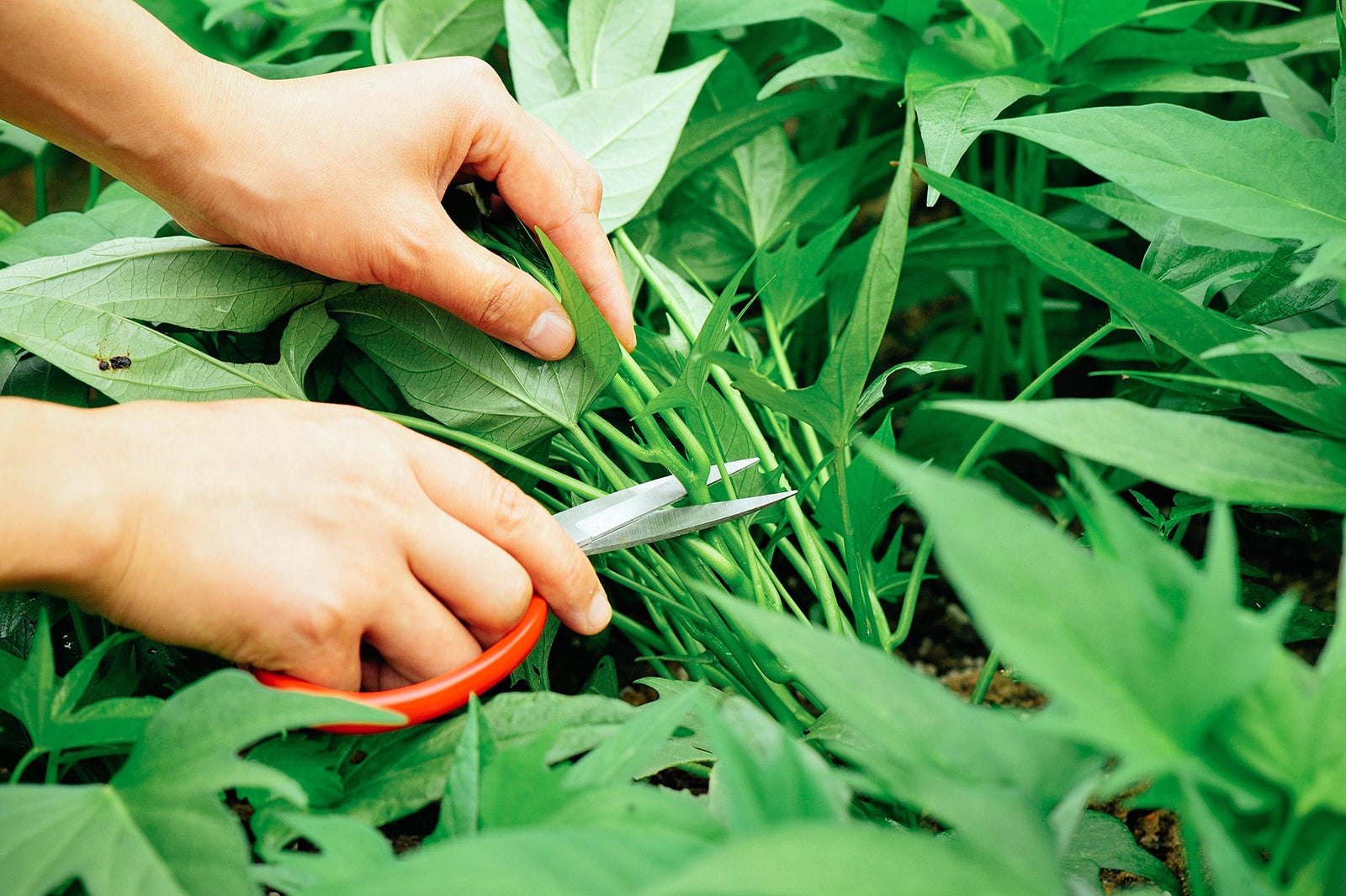
This is a topic I covered extensively in my book, The No-Waste Vegetable Cookbook, and it’s a topic I’m passionate about. In the United States, we waste a considerable amount of produce not only in our homes, but in our supply chains (waste that totals roughly half of the US produce supply).
There are many edible and delicious parts of vegetables that never make it to market because:
- Industrial farming is hard on the plants due to fertilizers, pesticides, and mechanical harvesting—you know this if you’ve ever bought carrots or radishes with limp, dingy greens.
- They won’t survive transit, at least not without looking a little ragged (which ultimately leads to waste since consumers are wary of imperfect produce).
- People just don’t know what to do with them because they’re not widely used in this country (but are, in fact, staples in other countries).
That doesn’t mean things like pea shoots, broccoli leaves, squash leaves, and sweet potato leaves are any less nutritious or palatable than their more commonly known “vegetable parts” (in fact, they sometimes pack even more nutrients than the pods, flower buds, fruits, and tubers).
It simply means we, as a culture, need to open ourselves to “new” foods and strive to make vegetables a larger portion of our meals.
Read more: 11 Vegetables You Grow That You Didn’t Know You Could Eat
When you grow your own food, you not only minimize waste, you double the amount of food in your garden (without having to plant more plants) because you can harvest and use the entire vegetable from top to tail. (And that goes back to the first reason: growing food can save you money, sometimes in unexpected ways).
(Pssst… I have an entire guide inside Lazy Gardening Academy that details all the edible parts of common vegetables you buy or grow, so you always know what’s safe to eat and how to prepare it.)
3. Food you grow is guaranteed to be fresh.
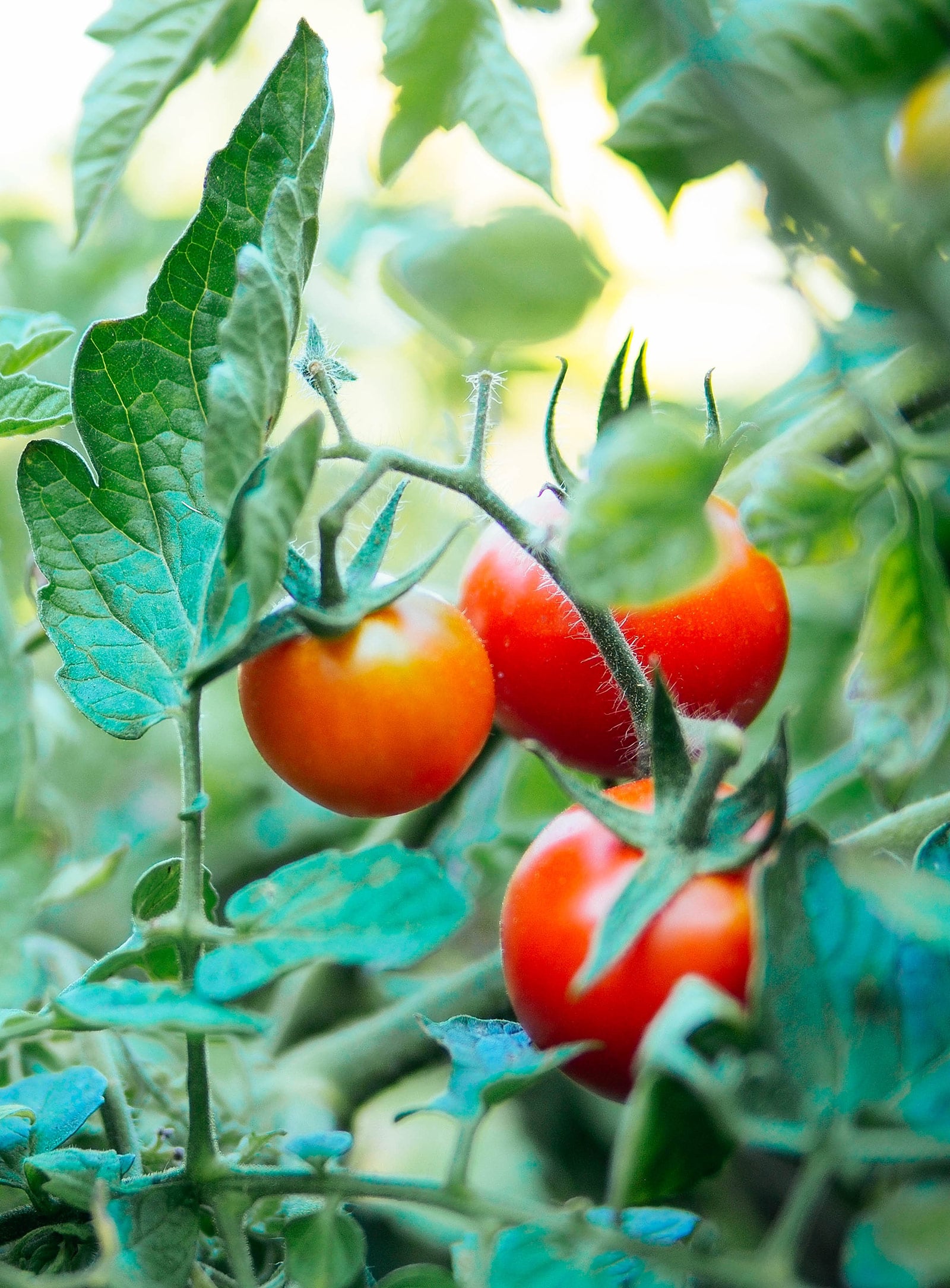
About 30 percent of fresh vegetables and 55 percent of fresh fruits sold in the United States come from overseas, and those numbers continue to grow. That means they traveled many hundreds or thousands of miles to reach your grocery store, in trucks, trains, and ships.
How fresh do you think all that produce really is by the time it lands on your table?
Yeah, probably not so fresh—especially when a lot of vegetables (for example, tomatoes) are harvested when they’re still green and forced to ripen in produce distributors’ warehouses by artificial exposure to ethylene gas.
This is why your red, supposedly-ripe supermarket tomatoes are still rock hard when you buy them and taste kind of like styrofoam. (Honestly, you’re probably better off buying canned tomatoes if you intend to cook them.)
Related: 4 Easy Ways to Ripen Your Tomatoes on the Vine
No one can argue that your own yard is as fresh and local as it gets. And since your food is just steps away, you can pick your vegetables at peak ripeness (and peak nutrition) in the proper season, with flavors and textures that surpass those of commercially grown produce.
4. Homegrown produce doesn’t get recalled.
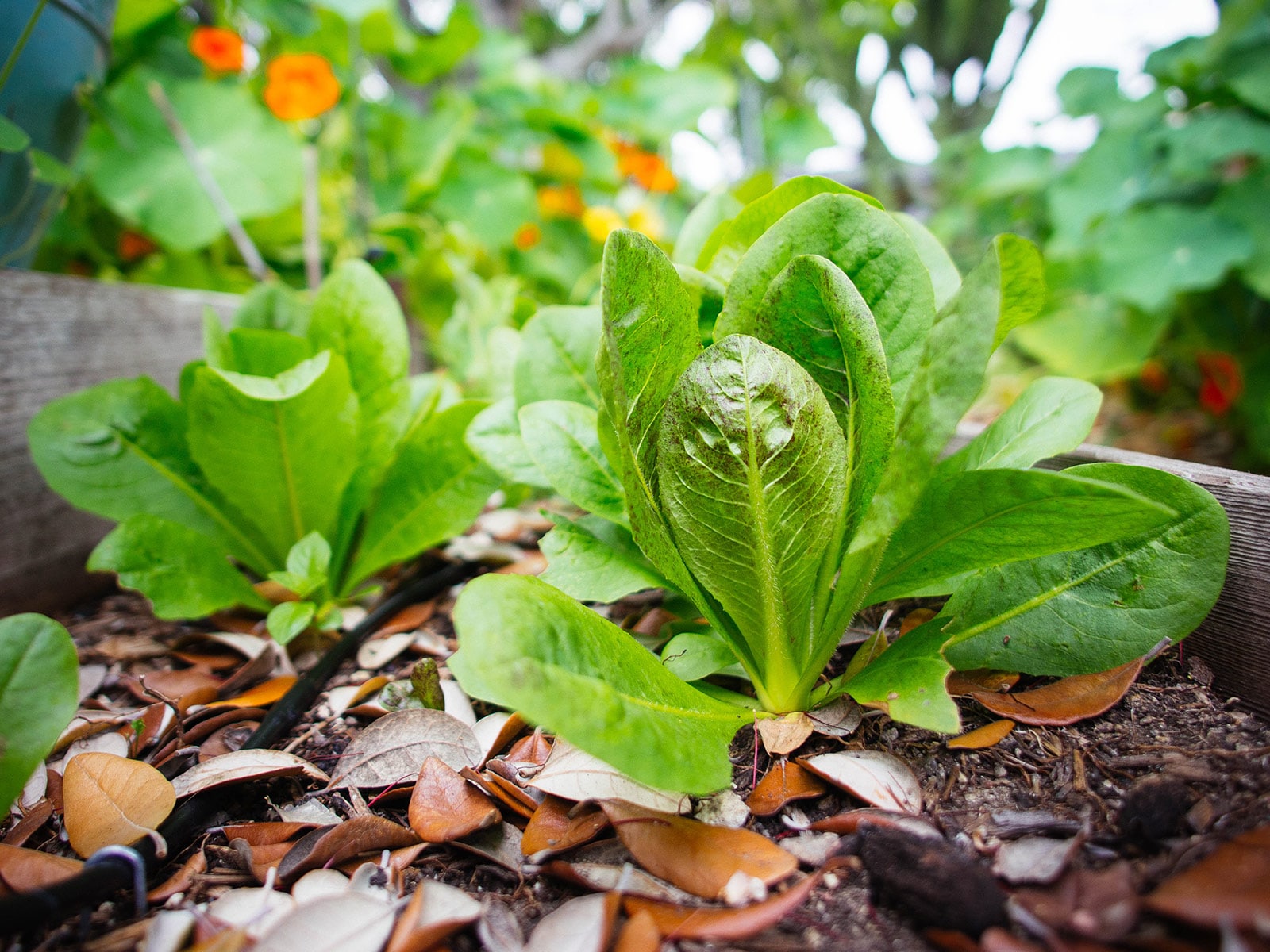
So, all the vegetables and fruits I just mentioned that are shipped from overseas? Turns out, less than 1 percent of imported foods are physically inspected by the FDA.
When you grow your own food, you control your growing environment. And that means you don’t need to worry about E. coli, salmonella, or listeria outbreaks, as long as you keep a tidy garden and have a clean water source.
5. Commercially grown produce often lacks nutrients.
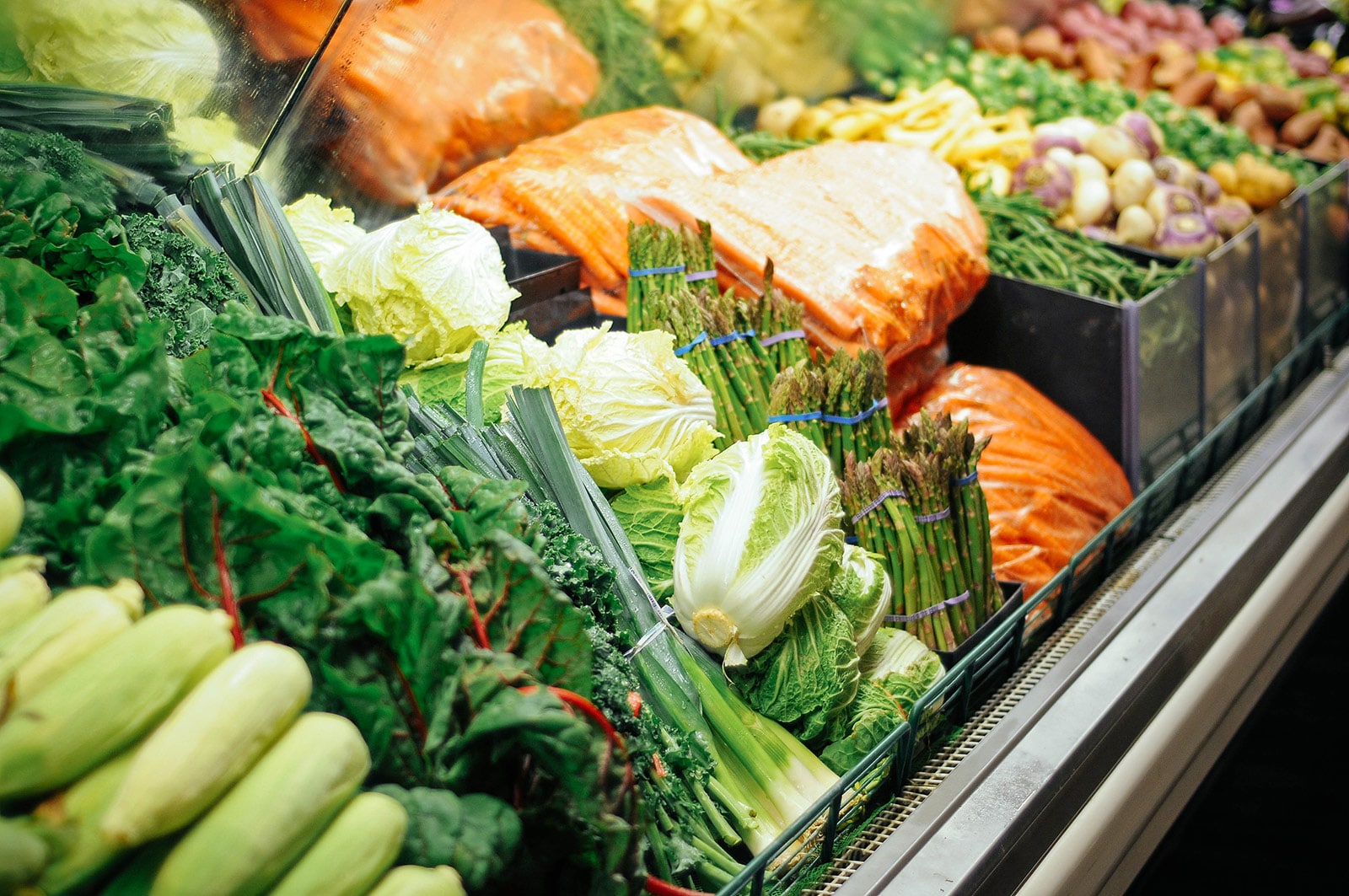
Despite (or because of) scientific advances and modern farming practices, the vegetables of today have fewer vitamins, minerals, and phytonutrients than the vegetables our grandparents and great-grandparents ate. Research has shown up to a 40 percent decline in nutritional content in fruits and vegetables since the 1940s.
Agricultural researchers attribute this decline to two causes:
Environmental dilution effect. The yield increases resulting from fertilization, irrigation, and other environmental means used in industrial farming tend to decrease the concentrations of minerals in those plants. So while farmers can get greater yields from their crops (at more affordable costs), it comes at the expense of lower-quality food.
Genetic dilution effect. This is the result of scientists breeding high-yielding crops without a focus on broad nutrient content, and it’s why heirloom tomatoes are far more flavorful and nutritious than conventional tomatoes.
Much of the food grown commercially comes from hybrid plants that were bred for “desirable” characteristics such as pest and disease resistance, uniformity in appearance, and high yields in a short span of time. While all of this makes it easier for industrial farmers to reliably produce vast amounts of perfect-looking food, nutritional value sometimes suffers.
6. You know exactly what goes in (and on) your food.
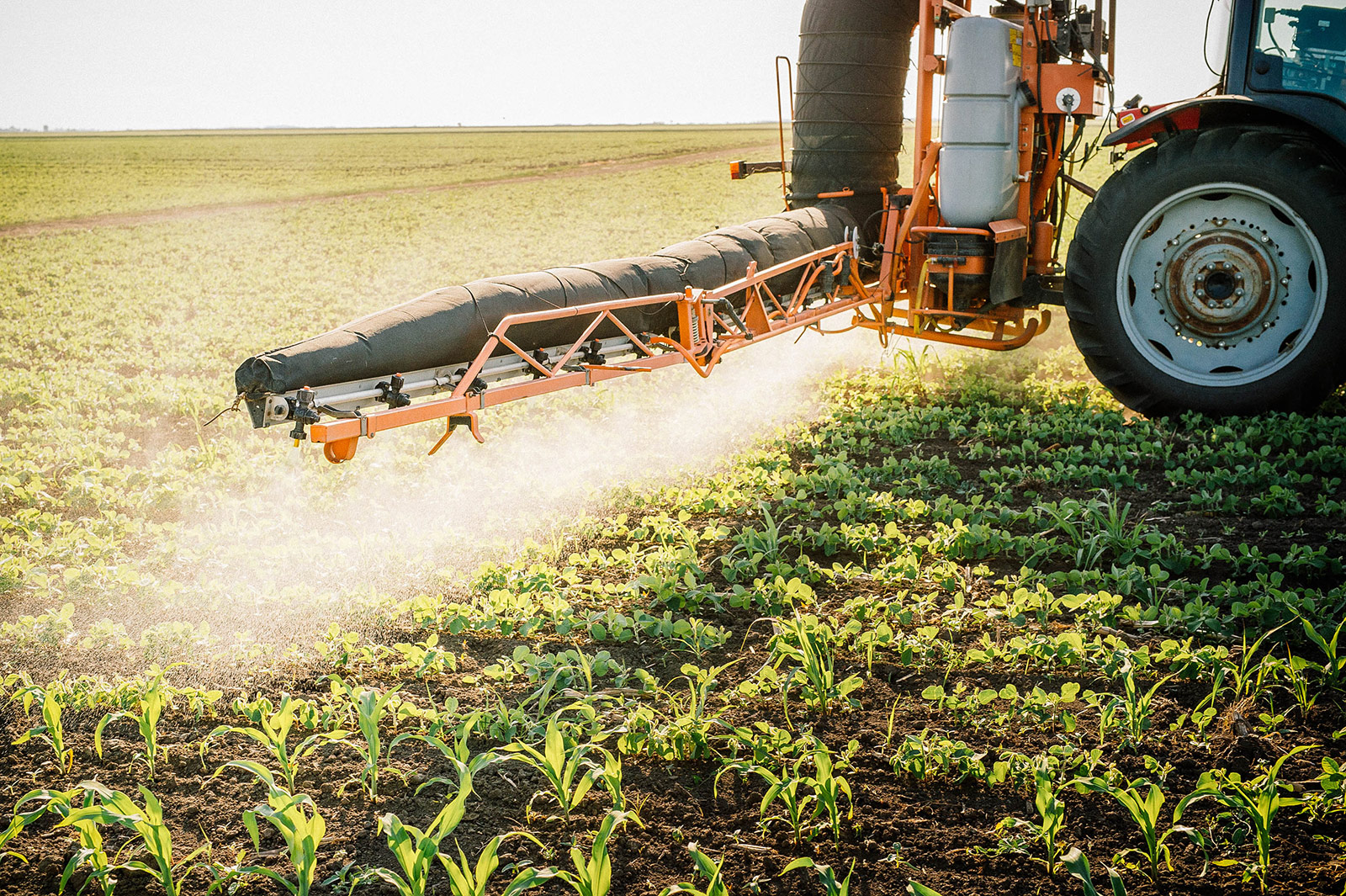
There’s another reason conventional supermarket produce looks so perfect: pesticides.
Not all pesticides are equal, as some are relatively benign while others are more concerning (especially to children and other vulnerable people). But, it’s always wise to reduce or moderate your consumption of fruits and vegetables that are known to be vigorously treated with pesticides.
The numbers are fairly shocking if you’ve never thought about it. For example:
- Strawberries may contain as many as 45 pesticide residues.
- Celery may contain as many as 64 pesticide residues.
- Cucumbers may contain as many as 86 pesticide residues.
- Sweet (bell) peppers may contain as many as 53 pesticide residues.
- Spinach may contain as many as 54 pesticide residues.
EWG has a handy guide for what it calls the “Dirty Dozen” (that is, plants you should probably grow yourself to avoid contaminants) and the “Clean 15” (plants that are least likely to contain pesticide residue).
In my garden, even natural or organic pesticides (like neem oil or insecticidal soap) are a last resort.
Rather, I rely on biological controls, crop rotation, interplanting, and soil building to manage pests effectively, and these are methods I teach inside Lazy Gardening Academy. (It might sound complicated, but I named my course Lazy Gardening for a reason!)
7. Growing your own food makes you happier.
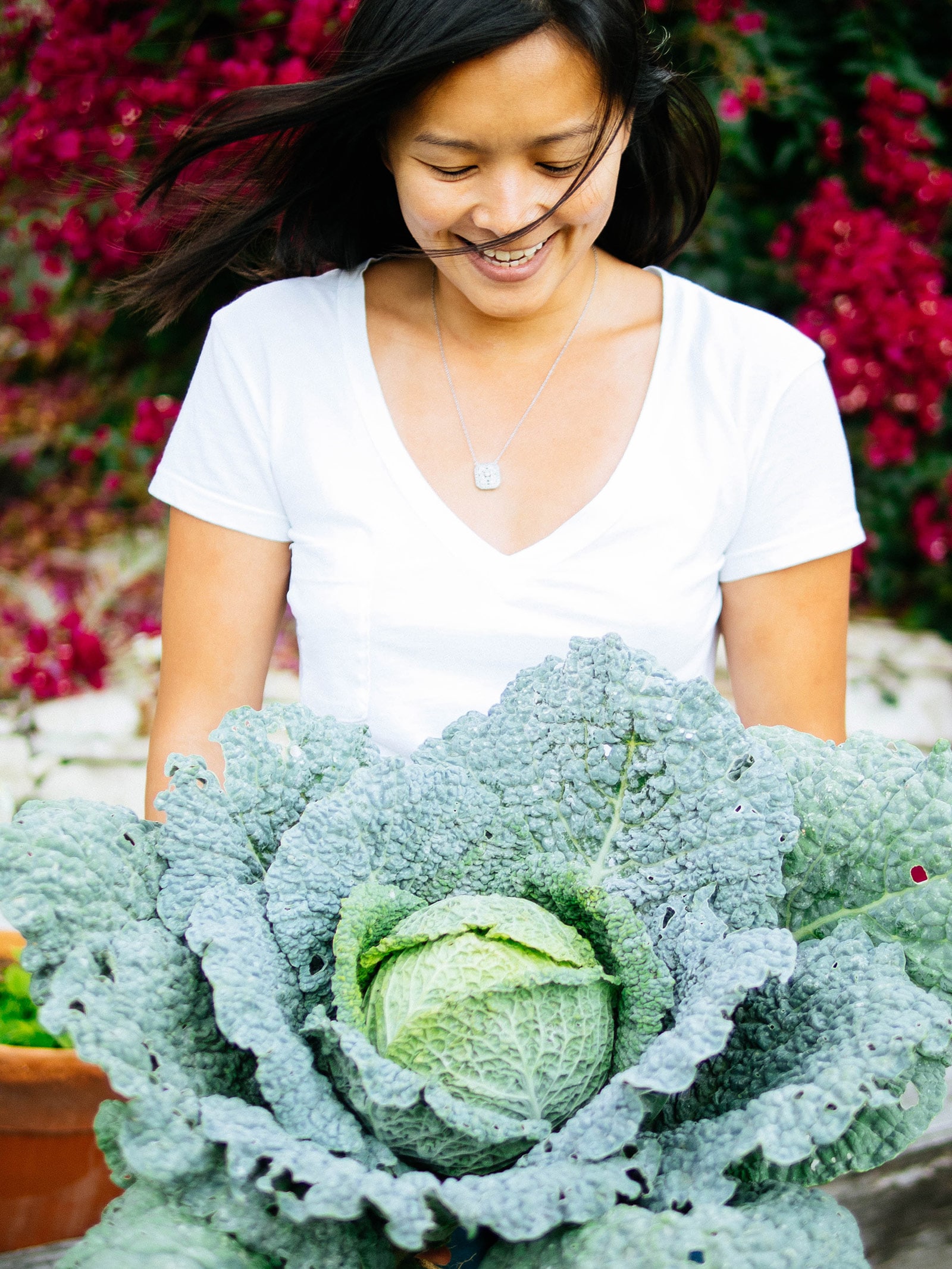
There’s certainly a feeling of accomplishment when you harvest something you grew with your own hands, but that natural high isn’t merely pride: It’s also the result of mood-altering soil bacteria entering your bloodstream.
Read next: Getting Stoned on Soil: How to Dose Yourself With Nature’s Happy Drug
No need to panic though. The feel-good bacterium, Mycobacterium vaccae, is harmless and present in all living soils.
By working in your garden or running your hands through soil, you inadvertently inhale M. vaccae (or get it through a cut), which (according to a 2019 study) has anti-inflammatory, immunoregulatory, and stress resilience properties.
In other words, M. vaccae bacteria works like nature’s Prozac, giving you a serotonin boost and improving your mood and performance every time you come in contact with the earth.
8. Gardening is simply good for your health.
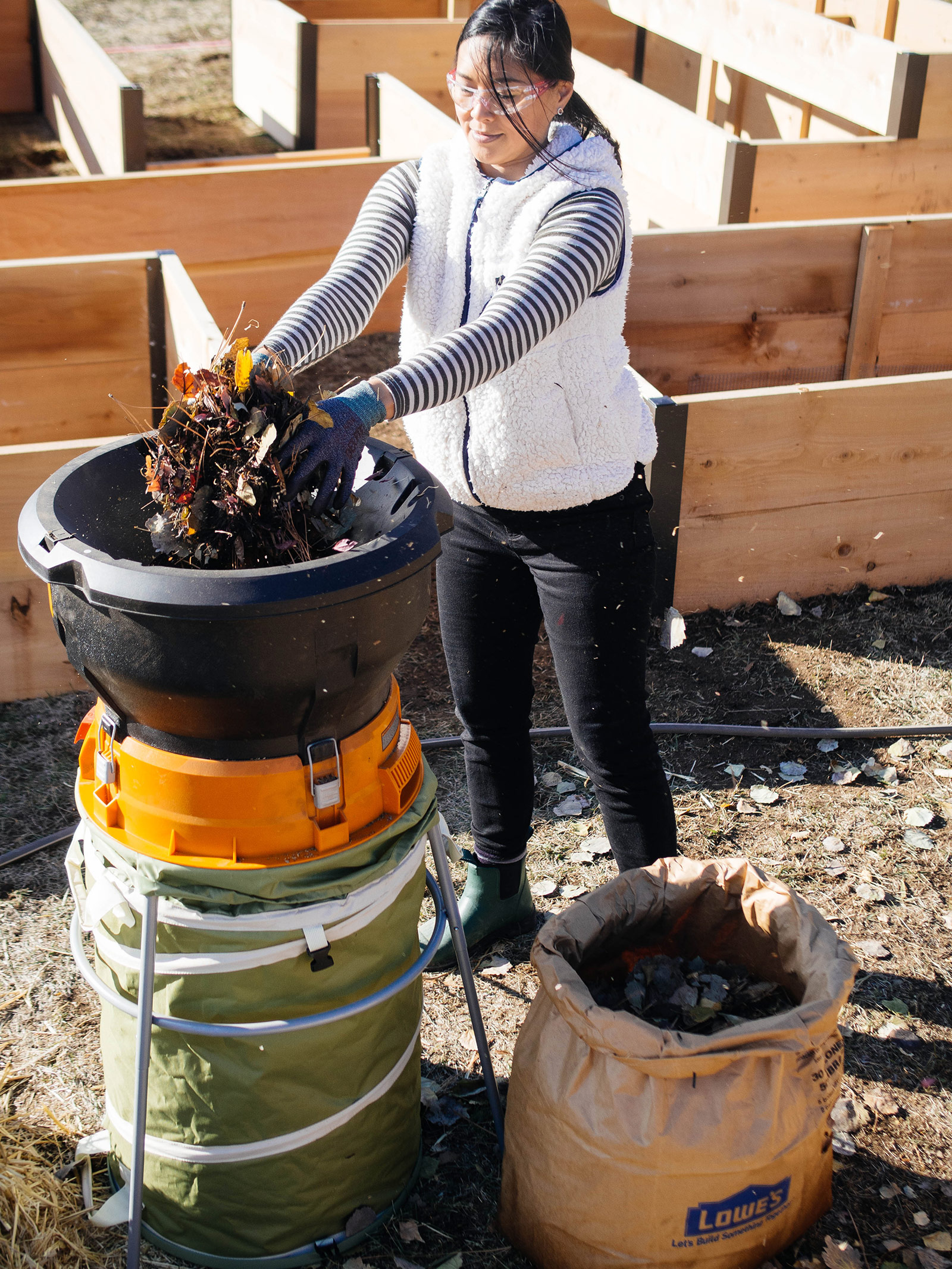
So you know the mental benefits of gardening, but how about the physical benefits?
Just the simple act of getting outside and doing some light physical activity like mulching, mowing, or raking can reduce cardiovascular mortality by 19 percent. (And according to this study, all it takes is 15 minutes a day of moderate exercise. I don’t know about you, but I get that just from moving bags of compost around the yard!)
Science has proven many times over that gardening has positive effects on your overall health and body by contributing to longevity, reducing heart disease and stroke, reducing risk of death from respiratory illnesses (thanks to improved air quality), warding off dementia, reducing obesity, improving your sleep, and boosting vitamin D levels (which in turn help prevent chronic diseases).
All that—without ever stepping foot in a gym, and with all the joy of feeding yourself and your family fresh, nutrient-dense food while doing good for the earth, too.
Learn how to grow more food with less work—using my tried-and-true Lazy Gardening techniques.
View the Web Story on research-backed reasons you should grow your own food.


